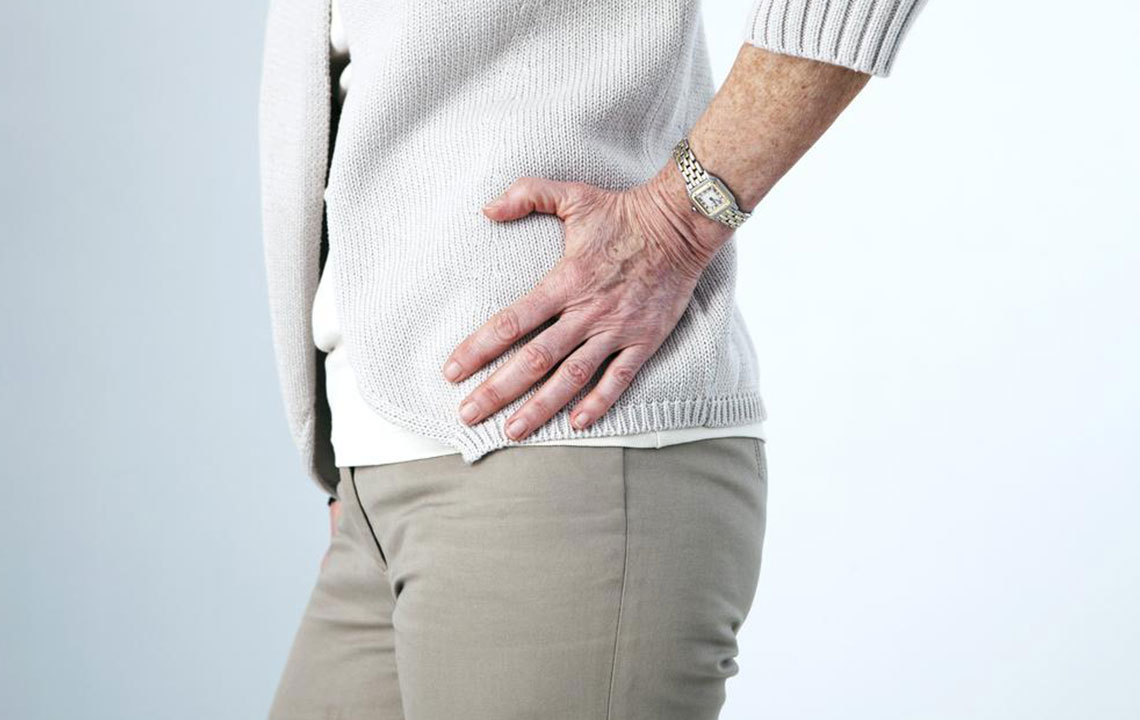Comprehensive Guide to Kidney Stone Prevention and Treatment Strategies
This comprehensive article explores effective kidney stone management strategies, including prevention, symptoms, and various treatment options. It emphasizes the importance of lifestyle modifications, dietary adjustments, and medical interventions to prevent and treat kidney stones effectively. Tailored treatments based on stone type and size are discussed, highlighting minimally invasive procedures like lithotripsy and ureteroscopy. Early diagnosis, proper medication, and ongoing medical supervision are essential for optimal outcomes and preventing recurrence. Learn how to protect your kidney health with proven strategies and expert guidance.

In-Depth Insights into Managing Kidney Stones
Kidney stones are a common urological problem that can cause significant discomfort and health complications if not properly managed. The human kidneys play a vital role in filtering waste products from the bloodstream, converting them into urine for excretion. However, when waste materials such as calcium, uric acid, or cystine become overly concentrated, they can crystallize and form solid deposits known as kidney stones. These stones can vary in size, from tiny grains to larger masses, and their presence often necessitates prompt medical attention.
Understanding the factors that contribute to kidney stone formation is essential for effective prevention and treatment. Men tend to be more prone to developing kidney stones than women, although the risk can be influenced by various lifestyle and genetic factors. Personal history of stones, family history, dehydration, and certain medical conditions can significantly increase susceptibility. Additionally, dietary habits play a crucial role—diets high in sodium, sugar, or potassium can elevate the risk of stone formation. Obesity is another major risk factor, as excess body weight can alter urine chemistry. Conditions such as polycystic kidney disease and metabolic disorders also predispose individuals to develop stones.
Recognizing the common symptoms is fundamental for early diagnosis. Patients may experience intense pain during urination, blood in the urine (hematuria), severe pain in the back, flank, or abdomen, and sometimes nausea or vomiting. This symptomatic presentation often prompts immediate medical evaluation. Early detection and intervention are crucial to prevent potential complications like urinary tract infections or kidney damage.
Prevention strategies are primarily centered on lifestyle modifications and dietary management. Adequate hydration is paramount—consuming plenty of fluids helps dilute the substances that form stones. Dietary adjustments include reducing intake of sodium, which can increase calcium excretion, limiting foods high in oxalates if prone to calcium oxalate stones, and moderating the intake of animal protein, which can increase uric acid levels. Calcium-rich foods should not be eliminated without medical advice, as they can actually help prevent certain types of stones. Medical professionals may also recommend medications or supplements based on the specific stone composition, such as citrate supplements to inhibit calcium stone formation or antibiotics if an infection is present.
Treatment options depend on the size, type, and location of the stone, as well as the severity of symptoms. Smaller stones often pass naturally through the urinary tract, aided by increased fluid intake and pain management. For larger stones or those causing significant obstruction, minimally invasive procedures are often necessary. Shock wave lithotripsy (SWL) uses focused sound waves to break stones into smaller fragments that can be naturally expelled. Ureteroscopy involves inserting a small scope through the urinary tract to locate and remove or fragment stones. In cases where stones are exceptionally large or obstructive, surgical intervention may be required—most commonly minimally invasive surgeries like percutaneous nephrolithotomy.
Medical professionals also tailor treatments based on stone composition. For example, calcium stones may be treated with citrate therapy to prevent their formation, while struvite stones associated with infections require antibiotics alongside other treatment modalities. Patients should adhere strictly to medical advice for medication and follow-up care, as preventing recurrence is equally critical as initial treatment.
Ultimately, a multidisciplinary approach involving hydration, dietary management, medication, and procedural intervention can significantly reduce the incidence and impact of kidney stones. Regular medical check-ups and imaging tests are recommended for those at high risk to monitor kidney health actively. With proper management and lifestyle adjustments, many individuals can avoid the painful and disruptive effects of kidney stones, maintaining overall kidney health and well-being.





